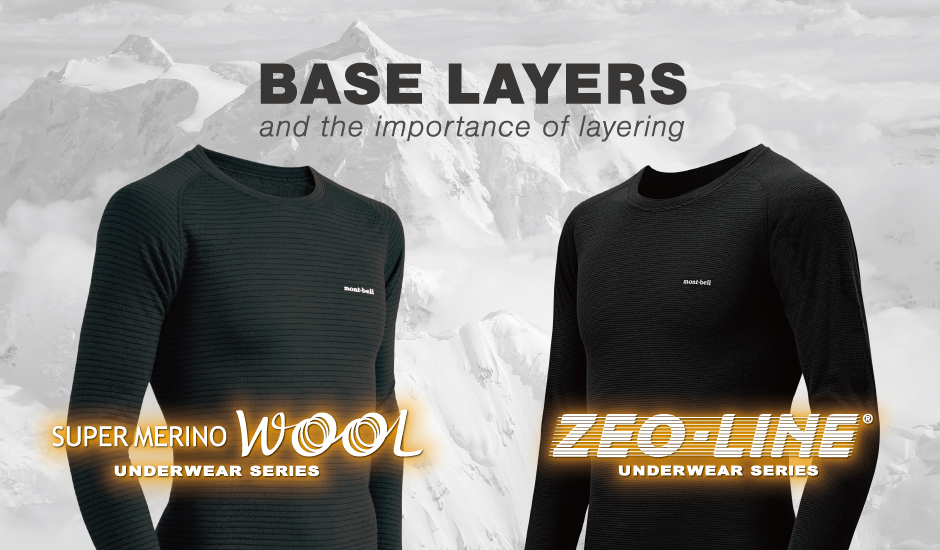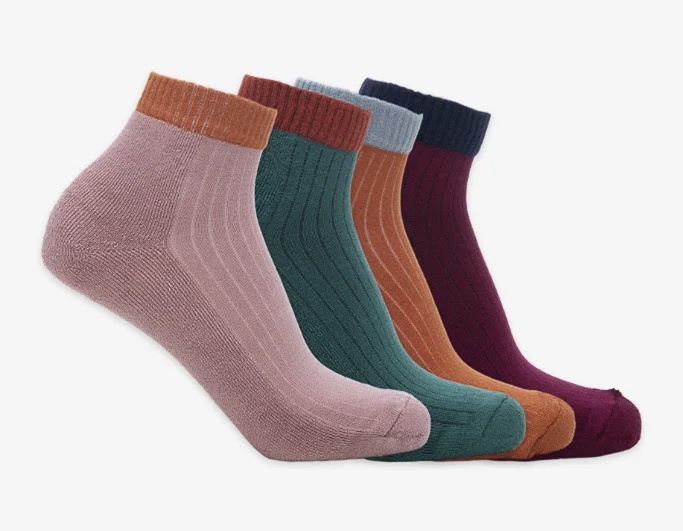Top Suggestions To Deciding On Bamboo Clothing
Wiki Article
What Are The Benefits Of Base Layers Made Of Yak Merino For Winter Sports Clothes?
The natural fibers as well as the environmental sustainability of Yak Merino Wool Base Layers make them an excellent option for winter sports clothes.
Merino and Yak wool are both derived from natural fibers. Renewable resources are harvested sustainably without causing harm to animals. These fibers can be biodegradable without causing harm to the natural environment.
Low Environmental Impact
The production of natural fibers generally has a lower environmental impact compared to synthetic materials. The wool production process is much more eco-friendly than synthetic fibers since it is a less chemical-intensive process.
Energy Efficiency
The process of processing wool fibers consumes less energy than synthetic fibers that are produced like nylon or polyester. The process of making natural wool uses less energy and reduces carbon emissions.
Minimized Microplastic Pollution
Natural wool fibers aren't responsible for microplastic pollution of water bodies Contrary to synthetic fibers, which shed microplastics when washed.
Recyclability and durability
Yak-merino clothing is extremely durable and lasts for a very long duration. The wool fibers can be reused and repurposed. This helps reduce consumption and also the impact on the environment.
Sustainable Practices-
Certain producers and manufacturers of wool adhere to ethical and sustainable practices. They make sure to ensure the well-being of animals, good land management, and fair work conditions for their employees.
Environmental Certification-
Certifications such as the Responsible Wool Standard and the Global Organic Textile Standard verify the ethically and environmentally sustainable practices used to produce wool. This provides consumers with confidence about sustainability.
The yak merino base layers are environmentally sustainable since they are made of natural and renewable sources, and include ethical and sustainable practices into the supply chain. The use of natural fibers such as yak merino wool to make winter sport clothing supports the environment and is responsible consumption practices. See the top my explanation about merino wool base layer for blog recommendations including merino wool long underwear, terramar merino woolskins, lightweight merino wool base layer, merino wool long johns, best base layer for skiing, merino wool underlayer, best thermal underwear for skiing, merino wool mid layer, long johns for skiing, wool long underwear women's and more.

What Are The Advantages Of Bamboo Clothing With Regards To The Softness, Antibacterial Properties Durability, And Renewable?
Bamboo clothing offers several advantages in terms of its softness, antibacterial properties and durability, and renewability. Softness
The luxurious feel of bamboo fabric is well-known for its silky soft texture. It is often compared to extravagant materials like cashmere or silk. It is soft and gentle against your skin, and offers the most comfortable wear.
Antibacterial Properties-
Bamboo has natural antimicrobial properties. Bamboo contains "bamboo-kun," which is a naturally found antimicrobial agent. This ingredient helps to stop the growth of odor-causing bacteria and fungi that can be found on fabric, keeping it fresher for longer periods and decreasing the requirement for frequent washing.
Durability-
The strength - Despite the softness of bamboo it's a sturdy material that's long-lasting. Bamboo-based clothing can be worn for a long time without losing its quality.
Renewability-
Rapid Growth Bamboo is a plant which grows rapidly and does not require pesticides. Bamboo can be harvested in very little period of time, and can reduce the impact on the environment.
Sustainability-
Eco-Friendly production- Bamboo processing and cultivation typically have less impact on the environment than synthetic materials. Bamboo's rapid development, its low needs for water, and the capacity to thrive in a variety of climates make it a sustainable choice.
Biodegradability-
Bamboo's natural breakdown is naturally decomposed when it reaches the point of no return in its lifespan. This can reduce the amount of non-biodegradable materials in landfills.
Hypoallergenic Qualities
More Comfortable- Bamboo fabric is less prone to cause skin irritations or allergic reactions as compared to synthetic materials, which makes it an ideal option for those with sensitive skin.
The combination of its softness, antibacterial properties, durability, renewability, and sustainability makes bamboo clothing a desirable choice for those who want comfortable, functional and sustainable clothing. These attributes make for a comfortable and eco-friendly experience. Read the top rated redirected here on bamboo clothing for website advice including bamboo shirts wholesale, bamboo sweatpants, bamboo yoga trousers, bamboo trousers mens, mens boxer shorts bamboo, childrens bamboo socks, bamboo tank tops, bamboo cotton pajamas, cheapest bamboo pajamas, bamboo bed clothes and more.

What Are The Differences Between Bamboo And Merino Clothes?
Merino wool bamboo clothing, regular wool are distinguished by distinct features.
Softness- Merino is known for having fine soft fibers that are easy to wear. It's less likely to cause irritation or itchiness. can cause irritation or itchiness compared to other types of wool.
Merino wool is excellent at wicking moisture, which allows it to evaporate. It keeps wearers comfortably cool.
Merino wool is exceptionally warm even when wet. It regulates body temperature and provides insulation during cold weather.
Odor Resistant- It stops the growth of bacteria which cause smells. It also keeps your clothing fresh after extended wear.
Bamboo Clothing
Silky texture is often compared to cashmere or silk. It's soft and luxurious to wear.
Bamboo fabric is moisture-wicking which means that it draws away moisture from your skin, and keeps you dry while exercising.
Temperature Regulation- Bamboo clothing has natural temperature-regulating abilities, offering warmth in winter and breathability to prevent overheating.
Sustainable Bamboo- Bamboo has an abundance of renewable resources. It can grow quickly, without pesticides or fertilizers. Biodegradable bamboo has a small environmental impact.
Regular Wool
Texture. The wool's texture is different. Certain kinds are more coarse in texture, and are more prone to itching.
Warmth - Regular Wool provides an excellent insulation, as well as warmth, however it may feel heavy and bulky at times.
Wool can absorb moisture. This means it is less efficient at moisture wicking in comparison to merino, bamboo, or other types of fabrics. However, it retains warmth even in damp conditions.
Merino is soft and has excellent moisture-wicking. It is also immune to smells. Bamboo clothing is soft to the texture, moisture-wicking properties as well as regulating temperature. It is a sustainable material. Wool comes in many textures and does not always provide the same softness or ability to wick moisture as bamboo or Merino, however it still provides warmth and insulation. Each has distinct advantages which cater to various needs and preferences for winter clothes. Read the most popular home page on bamboo winter clothings for blog advice including merino wool thermals, merino ninja suit, smartwool base layer womens, terramar merino woolskins, baselayer bottom, merino wool thermal underwear, men's wool leggings, smartwool 250 base layer bottoms, wool thermal underwear, skiing mid layers and more.
